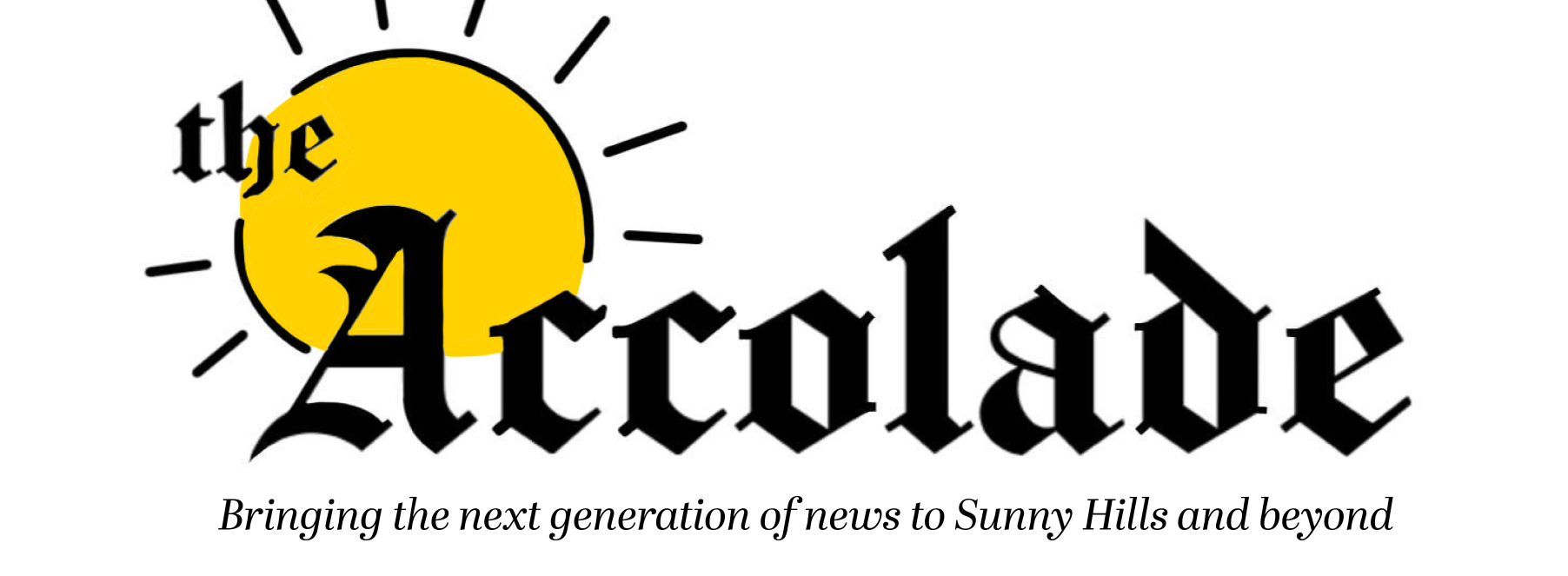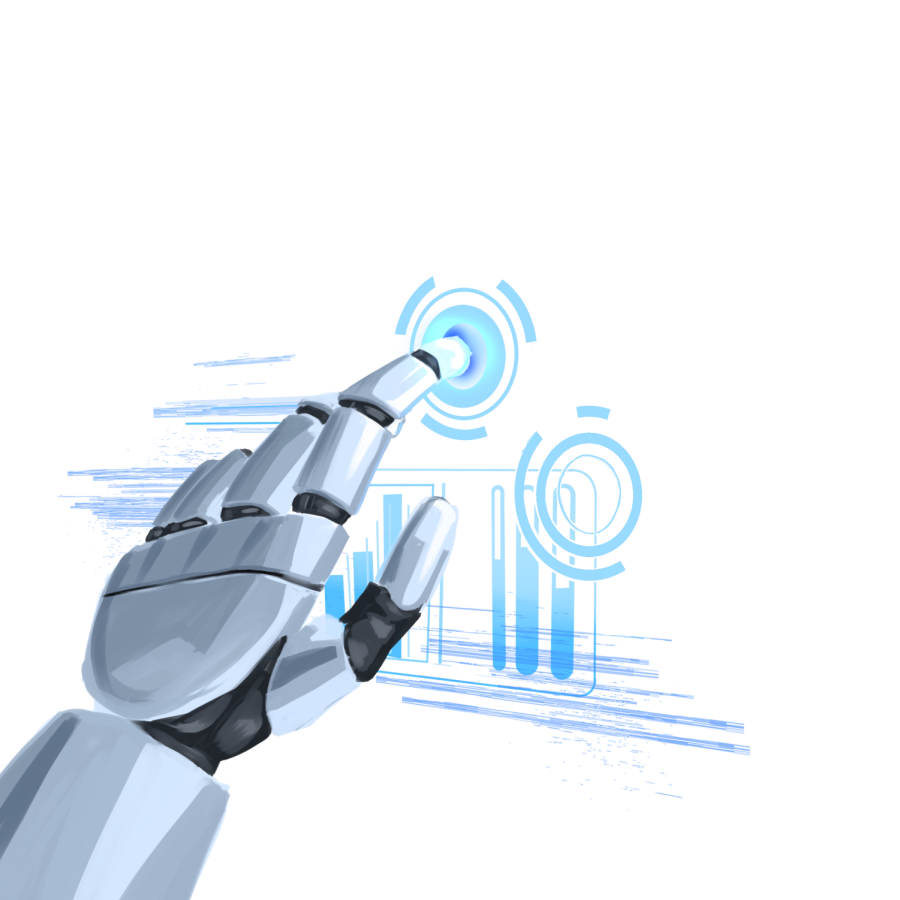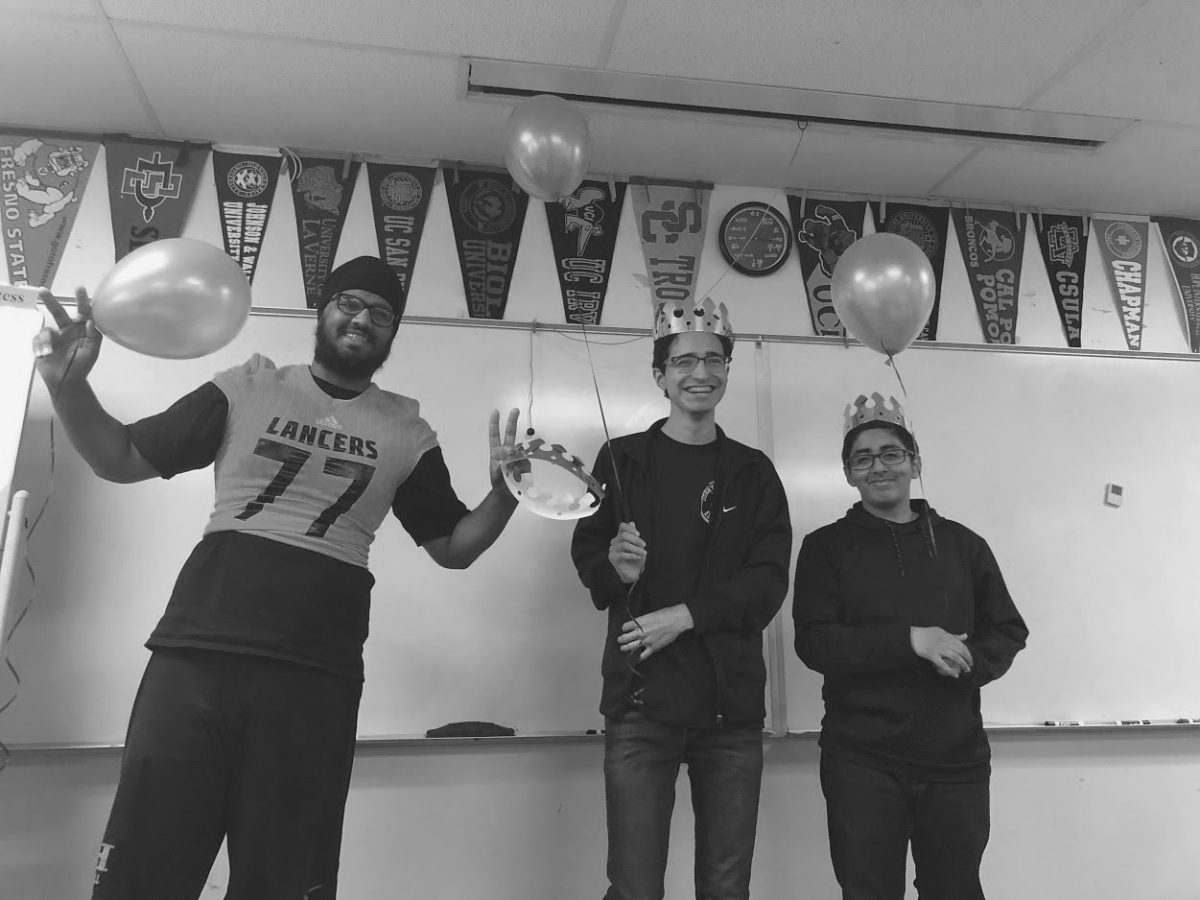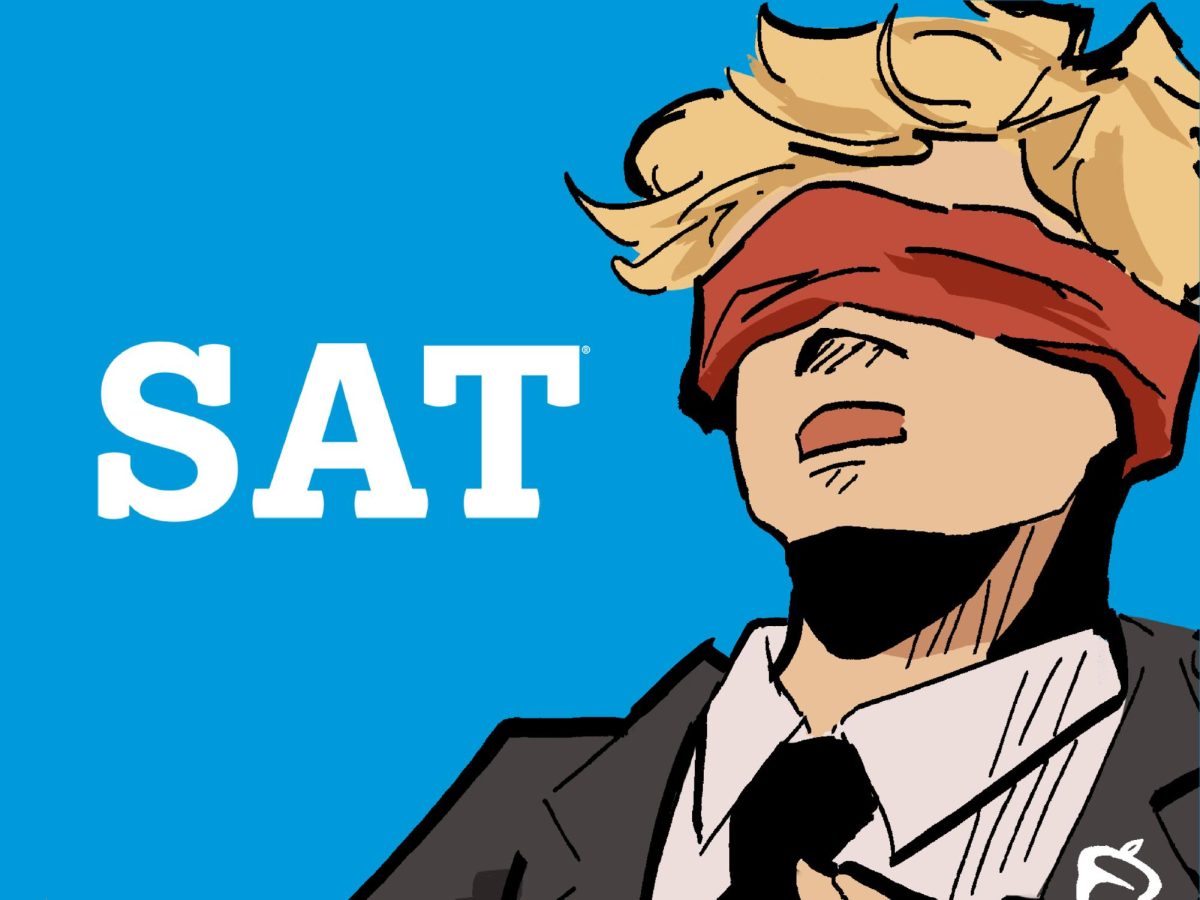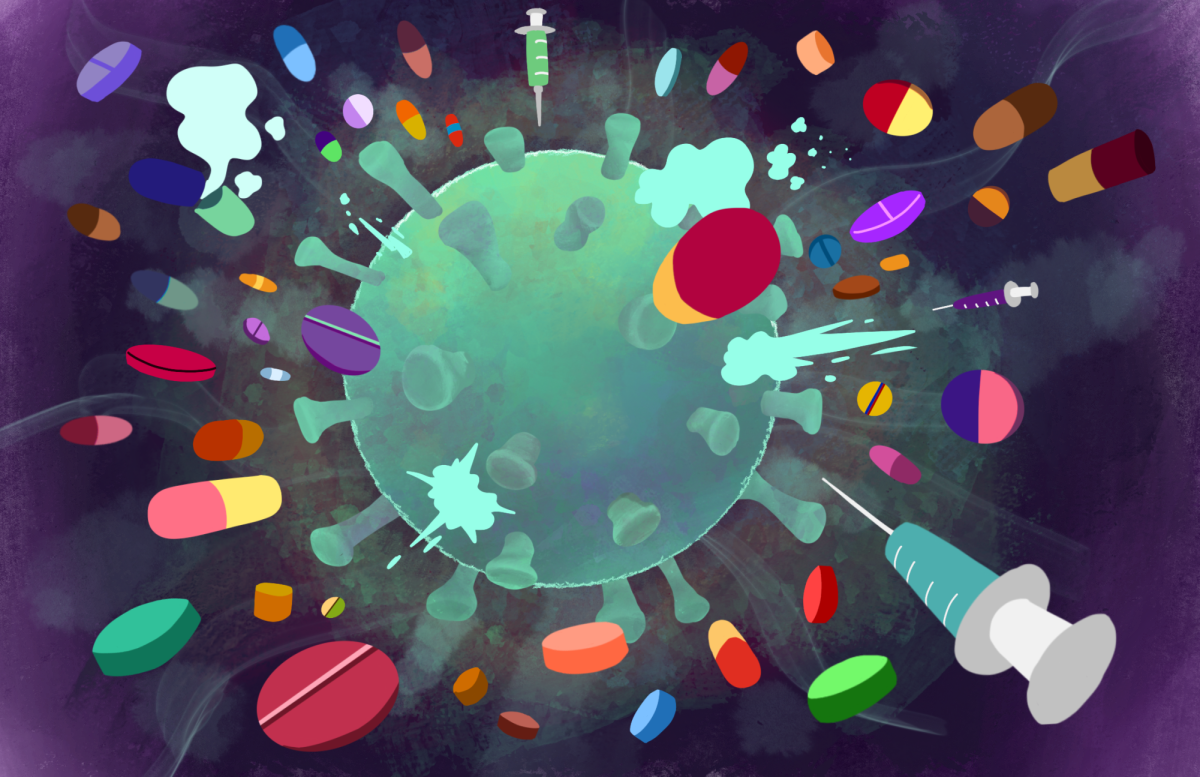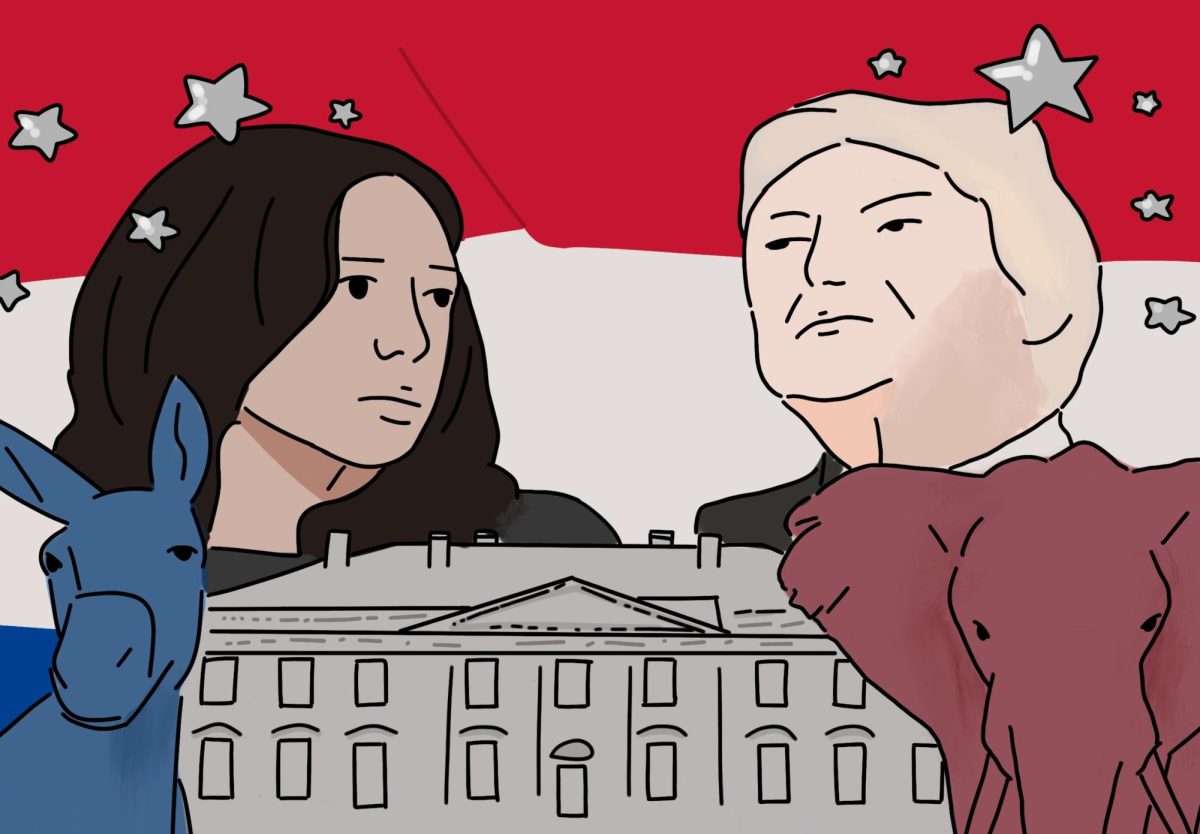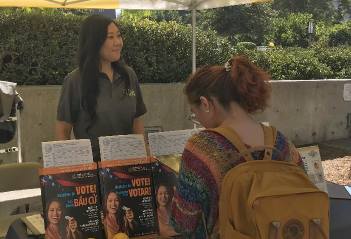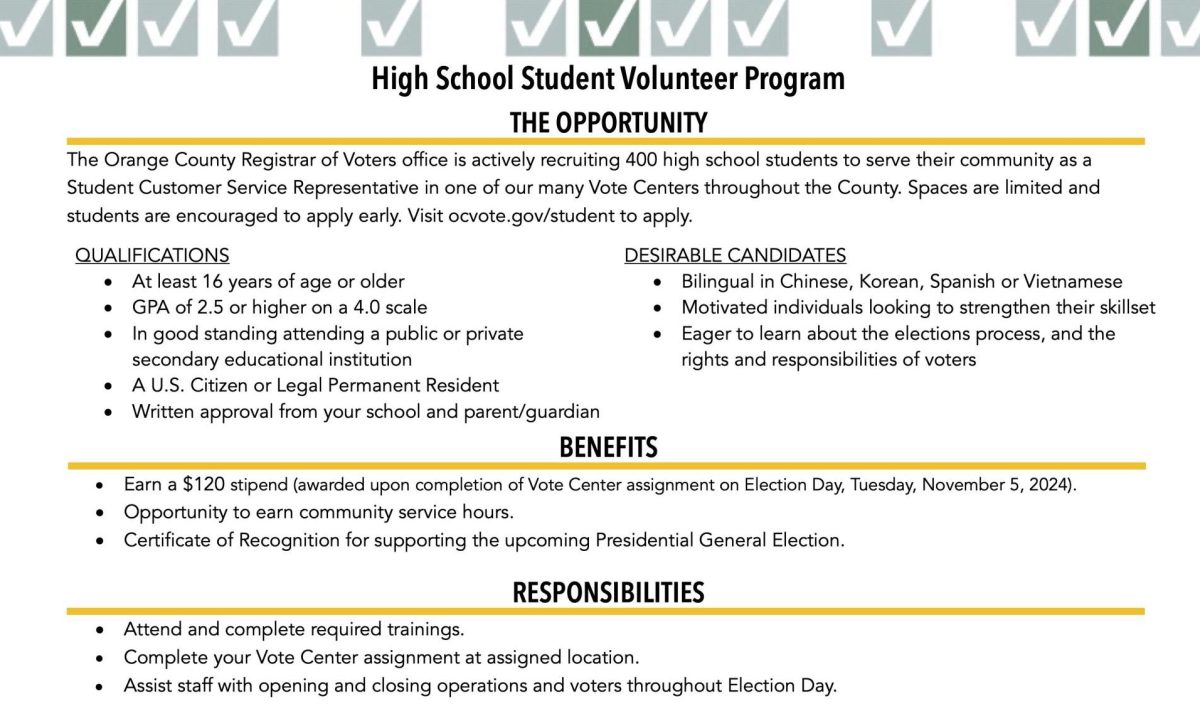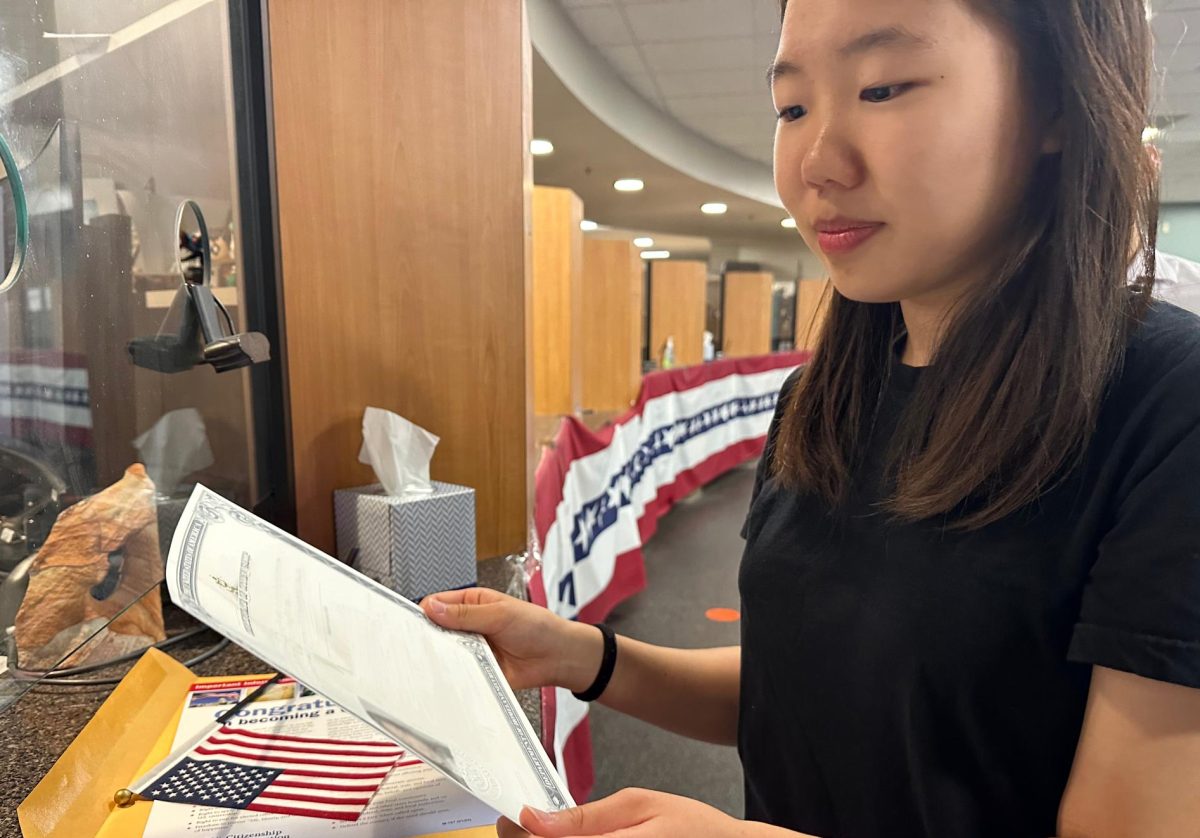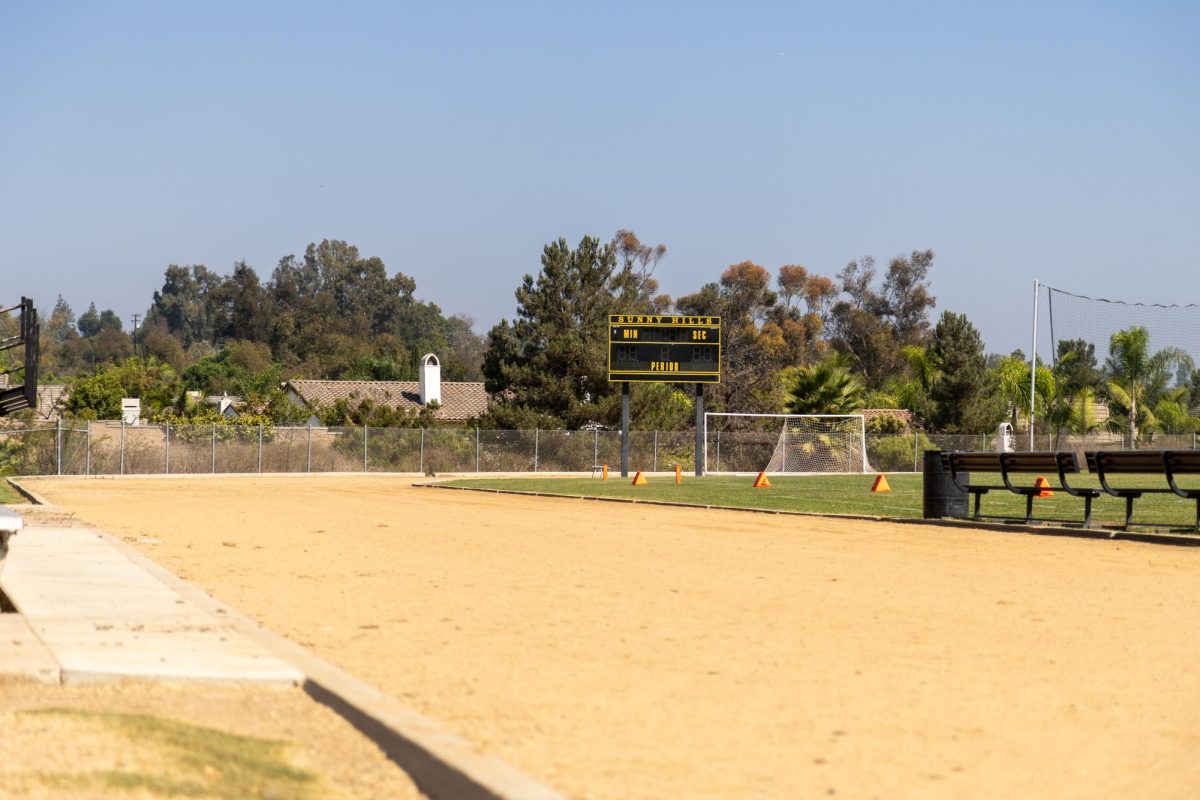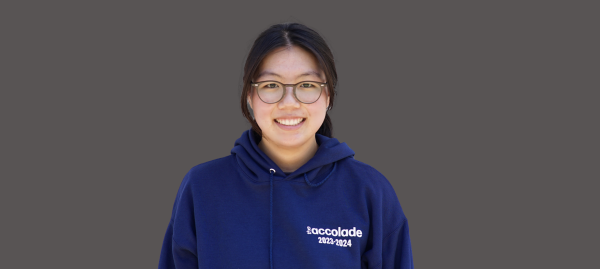Senior Simran Bimb types the last word of her admissions essay for the University of California. Without a moment of hesitation, she highlights her 350-word essay and turns to an assistant that has accompanied her since her freshman year in high school.
No, it’s not a teacher, tutor or friend.
Rather, it’s a free artificial intelligence [AI]-powered grammar checker called Grammarly, which offers feedback such as engagement and clarity for improved writing style.
“It’s a very helpful tool I’m always grateful for,” Bimb said.
Bimb is not alone; in fact, Grammarly has amassed 30 million users since its creation in 2009, according to the company’s own website.
This advanced grammar checker is one of the several AI-infused programs that students and teachers have come across; however, as systems that mimic human intelligence become more accessible and prevalent, teachers and students have mixed opinions on the extent AI should assimilate into education.
AI IN THE CLASSROOM AND AT HOME
Experts predict that the use of artificial intelligence in education will have an annual global growth rate of approximately 45%, according to trainingmag.com.
For many students here, AI has been their go-to source for help in many of their classes.
Google Translate, for example, was introduced in 2005, and since then students don’t hesitate to use the app for their World Language assignments.
Junior Lara Martinez said using AI translators help her complete her homework questions correctly, especially because Spanish is not her first language.
“I never copy off translators because I want to actually learn the language,” Martinez said. “But when I want to make sure that I’m understanding a question correctly, I would just plug it into Google Translate before wasting my time solving a completely different question.”
Spanish teacher Maria Torres said such translators have their setbacks, especially since the AI cannot recognize the nuances and culture associated with a language.
“For the younger students, it’s difficult if they are not able to control and see the limitations [of AI],” said Torres, who docks points off the assignment if she recognizes students’ use of translating services. “They don’t understand that what they are looking at is not the accurate word, so I see it more as a negative thing and not necessarily as something that helps students.”
Students in English classes have also taken advantage of what AI has to offer, especially when it comes to writing assignments.
“When it comes to technology in their writing, I definitely think that AI can be an asset, but the student has to know how to use it correctly,” English teacher Jennifer Kim said.
Freshman Aaron Green said he chooses not to use Grammarly for any of his writings since his middle school teachers prevented their students from using online proofreading extensions.
“I kind of forgot Grammarly existed because I just got out of the habit of doing it,” Green said. “In English, I think it helps you learn more if you just learn the proper grammar and conventions yourself.”
Though Kim doesn’t stop her students from using virtual writing assistants for her assignments, the English Language Development and freshman honors English teacher said she tries to promote refraining from these AI filters during her class time.
“I’m a big believer in pen to paper,” she said. “Most of their worksheets are done by hand because I want them to think and not rely on technology to do their work.”
Recent AI-driven websites, such as Good AI and EssayGenius, have developed into writing essays for students who just have to provide a tone, word count and prompt. Though Kim said she wasn’t aware of these functions, she said she will discuss ways to restrain these issues during future English Department meetings.
“We have not discussed that type of technology yet,” said Kim, who was not aware of these sites. “It always kind of seems as though we are a step behind that. I think [students] just hurt themselves [using these sites], so I would hope that the kids don’t rely on things like that for their future.”
Math teacher Mariam Tan said she sees math-focused AI sites, such as Mathway, as helpful tools for students who need help during after-school hours in some aspects.
“It’s really hard for a desperate student to not use that extra help,” Tan said. “So I understand that some students can use it as a way to help them, and then they might do problems that are similar.”
Nevertheless, she said these math chatbots can potentially be another way to cheat through assignments.
“I know that it happens or at least suspect it’s happened because when a student does all of their homework with no corrections, and then they leave very similar questions blank on tests and quizzes, I think it’s an indication that’s what’s happening.”
Martinez said for her Honors Algebra 2 class, she uses about three times a week a free app known as Photomath, which instantly scans, accurately solves and intuitively explains math problems to users through step-by-step explanations.
“I think AI is definitely something that will advance and really help our society,” Martinez said. “Sometimes, if you feel too lazy or feel like a math problem is way too hard, just take a picture of it and put it into Photomath.
Photomath does offer to teach you, so if you regulate how much you depend on it, it’s fine.”
ART OR NAUGHT?
AI has also targeted a specific niche of student interest: art.
Though AI art is not a novel topic with the first AI piece dating back to 1973, digital drawings has now become advanced enough so that amateur artists can produce complex, almost indistinguishable, quality of work.
With AI companies developing models, such as DALL-E, which uses machine learning to generate digital images from solely a written description, Conservatory of Fine Arts director and Art Club adviser Brian Wall said he has conflicting opinions about the future of art fused with AI.
“If you think about AI and tying it to an artist, you can make a case that it’s just a tool,” Wall said. “Paintbrushes, pencils are tools; the algorithm, computer software is a tool, and you chose the words that create the art — therefore, you’re the creator.”
As a result, the art instructor said if one of his students were to submit an AI-generated art piece in his class, he would accept it — as long as the artist includes a written description that justifies why and how the piece qualifies as his or her original work.
“You’d be pushing the boundaries though of [Advanced Placement Art],” Wall said. “Let’s say if you decide to have an AI base your AP [Advanced Placement] portfolio, you would have to do a lot of contextual write-up to explain and justify how that was your art.”
On the other hand, when Wall brought up the validity of AI art in his last year’s International Baccalaureate [IB] art class, he said most students were against the idea of AI-generated art, especially in contests and for monetary purposes.
“This is typical high school students, and they’re not sold on that this should be considered art — it’s like a cop-out,” Wall said.
Freshman Eugene Lee said he will continue to stick to pencil and paintbrush.
“I feel like AI art right now feels uncanny, like sometimes AI might make a background or face that is distorted,” Lee said “But humans have much more control.”
Art Club president senior Jake Merioles said he disapproves of AI art placing first in contests.
“Personally, I think it’s unfair,” Merioles said. “It’s not the individual’s own work for just simply typing in a phrase to produce art.”
However, as these AI art platforms become open to the public (DALLE-2 became available on Sept. 28), Wall said he foresees AI artwork becoming a unit of the art curriculum taught in the classroom.
“I don’t think there will be a whole class called AI Art — I hope not,” he said. “But there will definitely come a time when an AP or an IB student is gonna say, I’m gonna make my art using AI, and I’ll back it up with written rationale; I can see that happening like very in the recent future.”
EXPLORING AI
Some students like senior Jeffery Keem have developed a deep interest in the AI development field.
Since he first learned about AI through online courses he took during the summer before his freshman year, Keem has been developing a program that utilizes AI to analyze societal trends, such as political ratings. He also aims to teach how to code AI to the members of his Data Science Club.
“I would definitely say AI is positive,” Keem said. “You have self-driving cars, which will take in a lot of data, like traffic science, which AI also identifies, so it’s definitely improving the overall quality of life.”
Bimb said she also anticipates learning more about the applications of AI through her internship with Amazon AHEAD x TKS. Despite the usefulness of AI, Bimb said she hopes the technology doesn’t replace the human aspect of society.
“My perspective on AI is that it’s OK as long as it’s helpful to humans, but it cannot replace the connections humans have,” she said.

